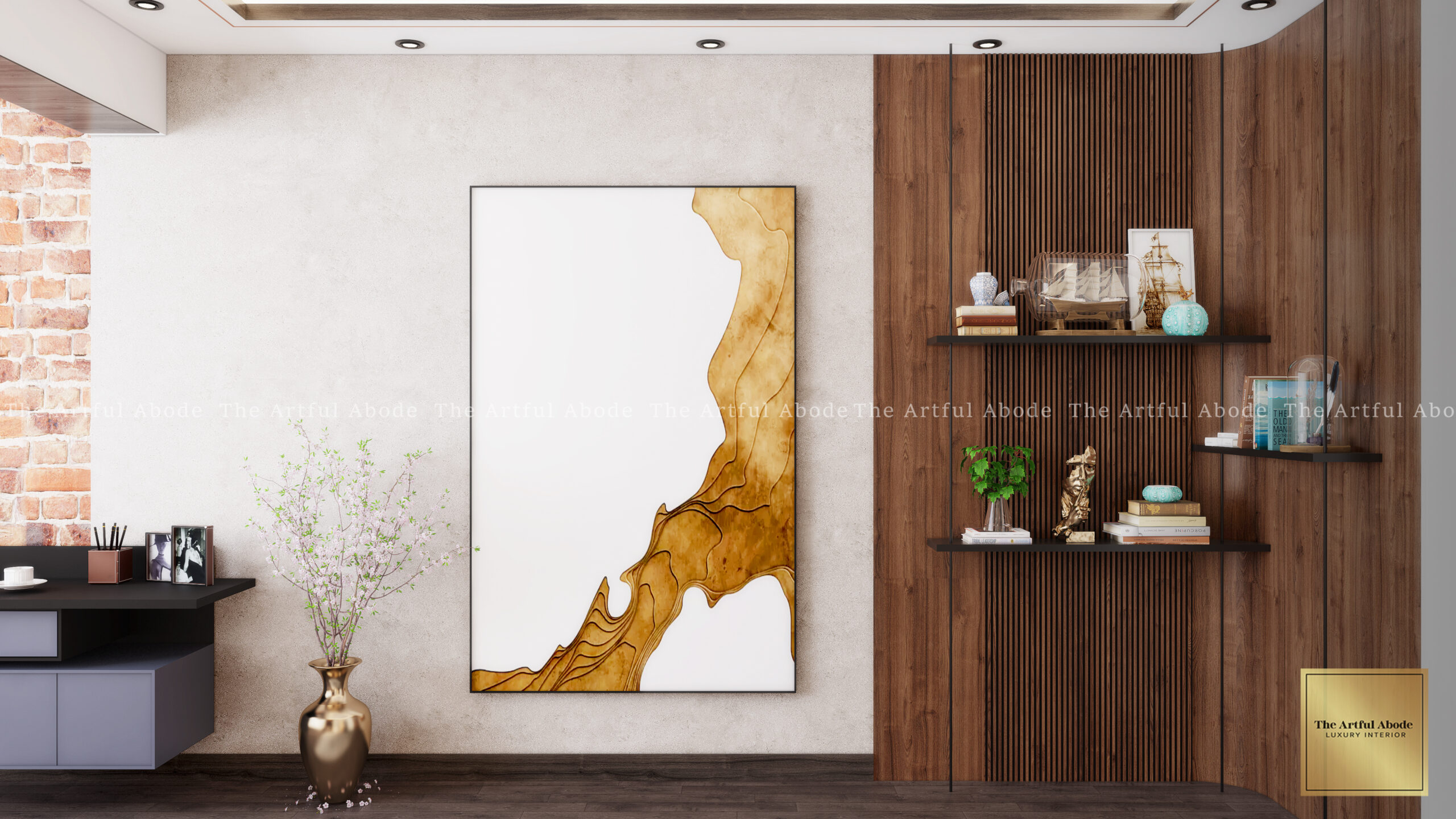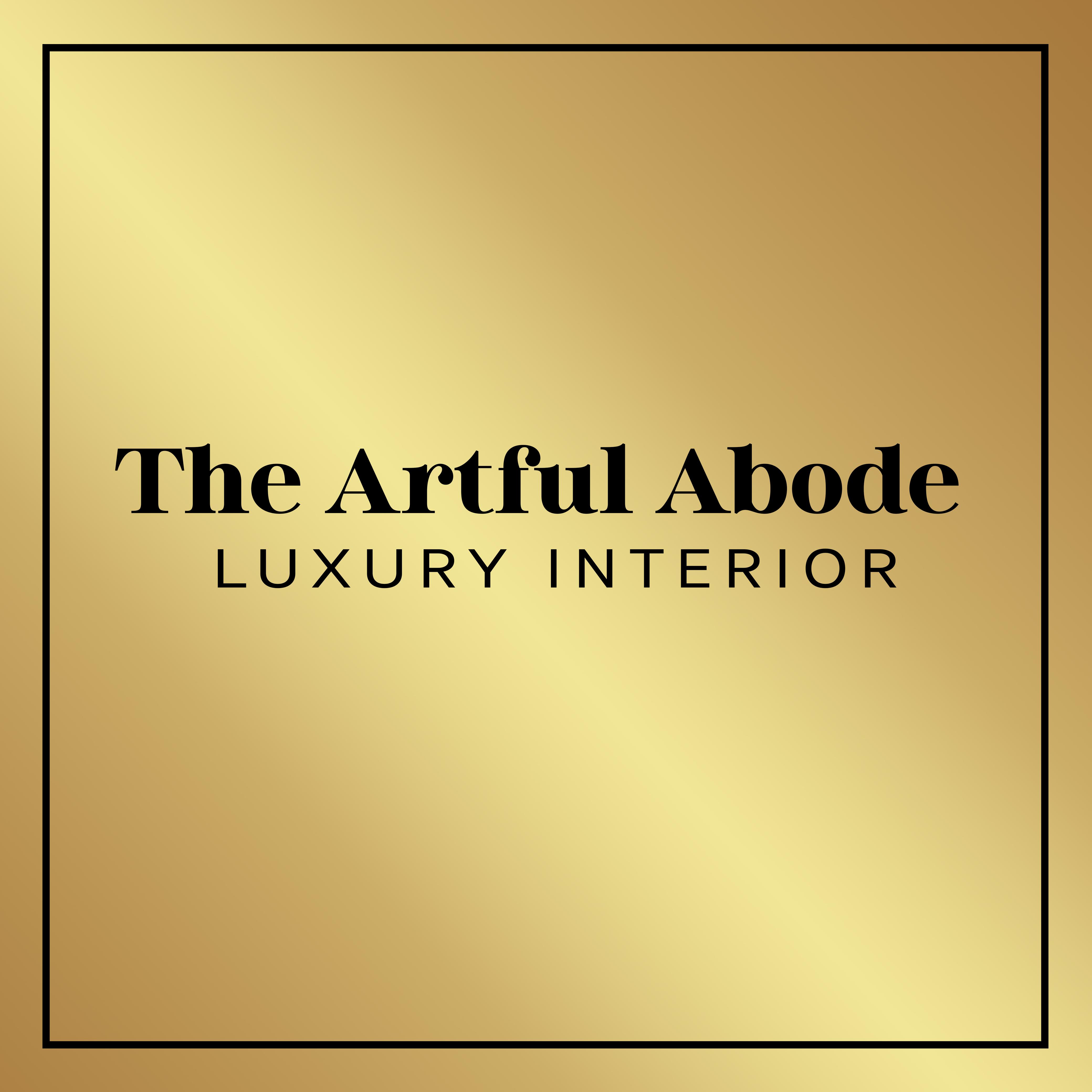Your home should feel intentional. Not like you grabbed whatever matched at the store, but like every choice was made with purpose and a bit of soul. That's the difference between beautiful spaces and ones that just... exist.
Over the past 15 years at The Artful Abode, we've helped hundreds of Bangalore homeowners crack the code on what makes interiors actually work. Great design? It's not about chasing every trend or memorizing a rulebook. You need to understand maybe five or six core principles. Get those down and the rest flows naturally.
1The 60-30-10 Color Rule: Your Secret Weapon Against Chaos
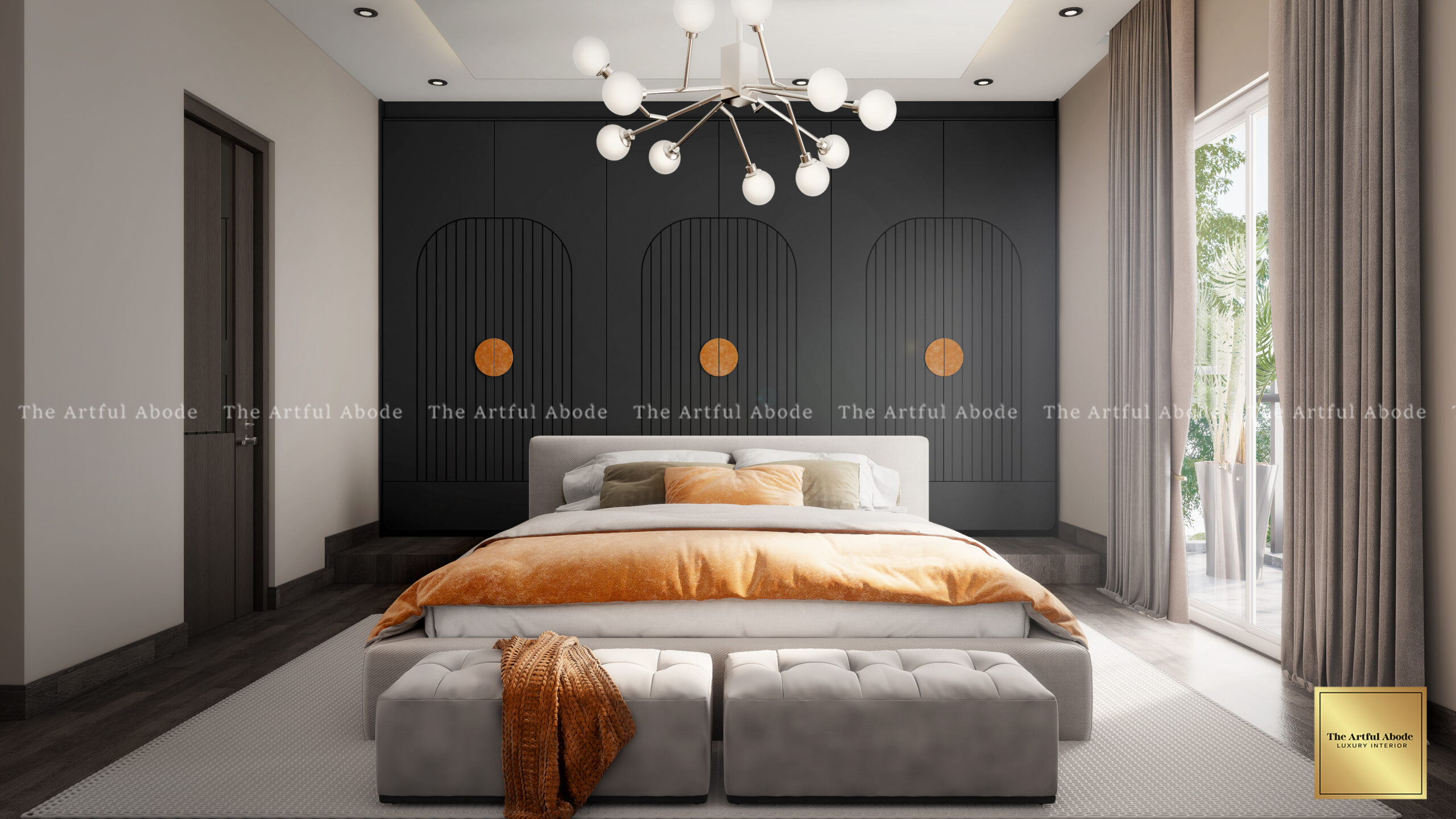
Some rooms hit different the second you walk in. The colors just... click.
There's actually a formula behind that - 60-30-10.
Break your room down like this: 60% goes to your main color. That's usually walls and big furniture pieces. Then 30% is your supporting player - maybe accent chairs or curtains. The final 10%? Throw pillows, art, small objects that add personality.
Why does this work? Because your brain needs visual order. Throw too many colors into the mix and you get chaos - the kind that leaves you feeling drained after spending time in the space. This formula keeps things structured but flexible.
A real example: Client in Whitefield painted three walls in different bold colors. Loved them all separately. Together? Gave her headaches - not joking. We simplified to warm grey as the base, brought in terracotta through the furniture, and kept her cobalt blue obsession alive in the accessories. Room went from overwhelming to peaceful, just by respecting these ratios.
2Negative Space Isn't Empty - It's Essential
Here's what negative space actually is: the unmarked, unfilled areas in your room. Gaps between furniture. Bare wall sections. Empty corners.
Most people think these are wasted opportunities. They're not. These spaces make everything else look better.
Think about it. Every wall has art, every surface has objects, every corner has furniture - your eye has nowhere to land. Even expensive pieces start looking cheap when they're fighting for attention with everything else.
Quick wins with negative space:
- Pick one wall to leave mostly bare
- Float furniture away from walls instead of pushing everything against them
- Don't fill every shelf - really
- Let your windows or ceilings be interesting on their own
For bedroom interior design, this is huge. When clients let go and embrace some emptiness, the bed becomes the star. One great piece of art gets noticed. And the room just breathes.
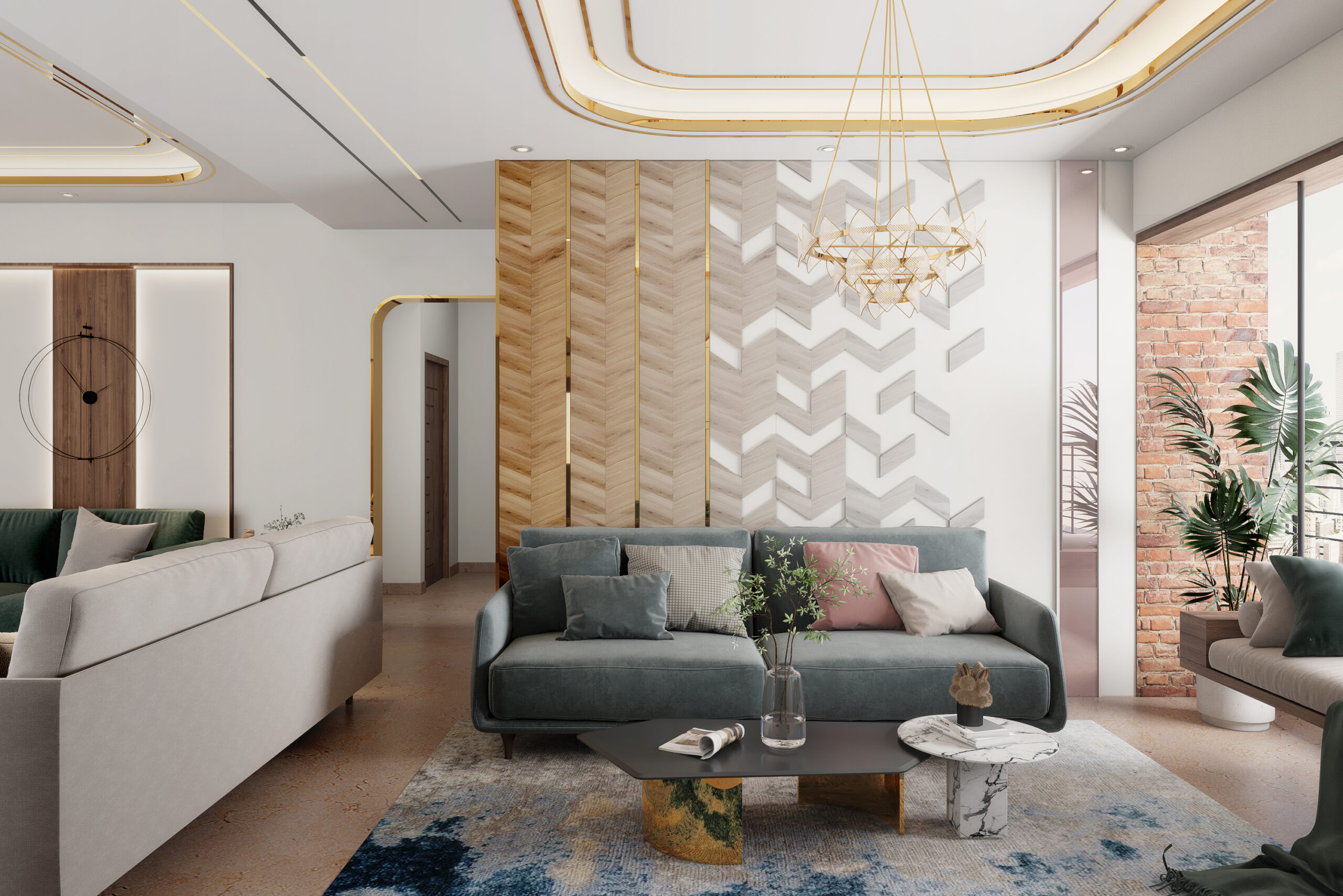
3Layered Lighting: Why One Ceiling Light Doesn't Cut It
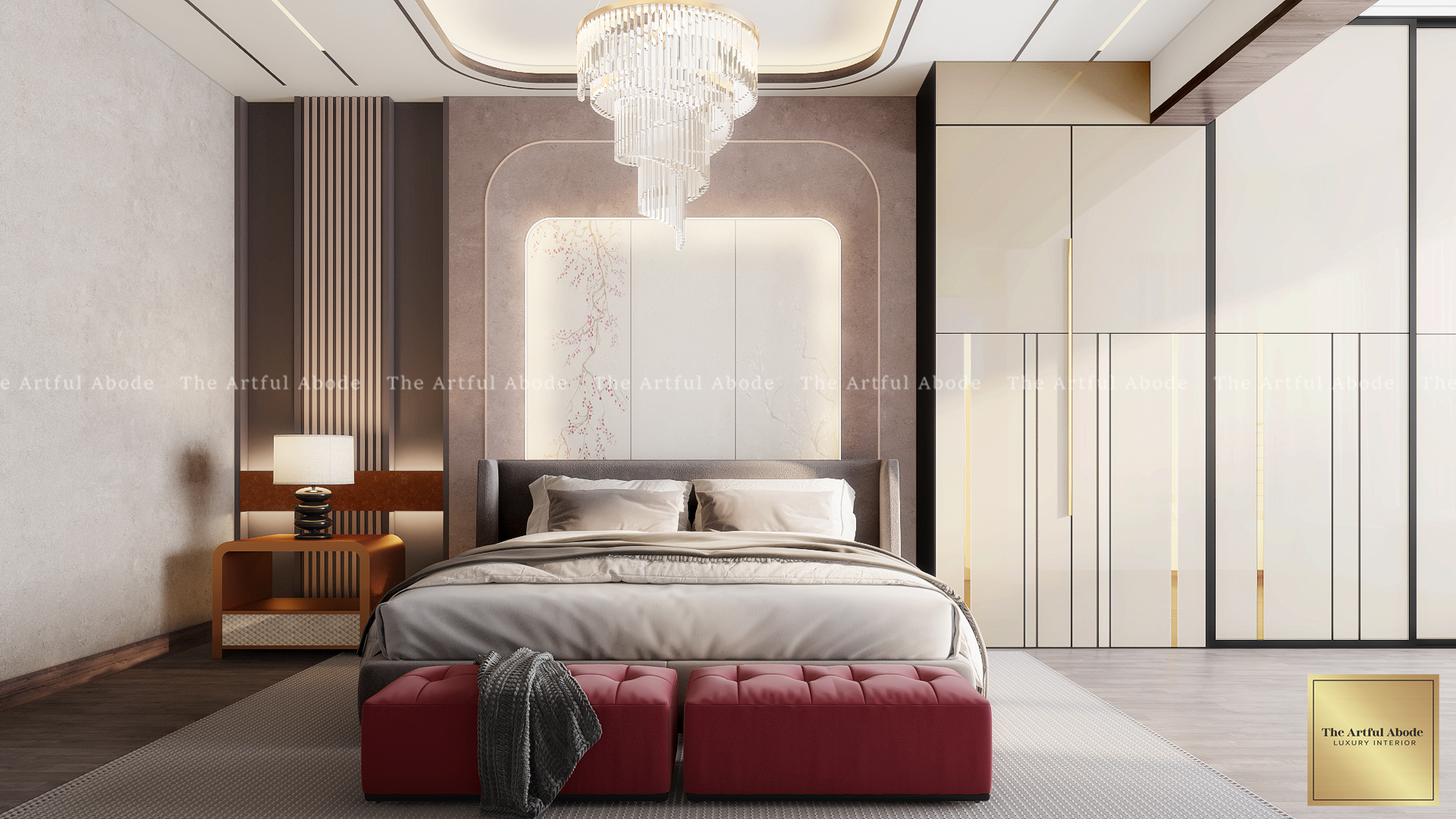
Most people install an overhead light, maybe a bedside lamp, then wonder why their space looks flat.
Professional spaces use three lighting types:
Ambient is your base - ceiling fixtures, recessed lights. Gets you around safely but shouldn't work alone.
Task lighting is functional. Reading lights, under-cabinet kitchen strips, desk lamps. These help you actually do stuff.
Accent lighting creates the magic. Highlights art, adds drama, brings warmth.
But the real secret? Indirect lighting - hiding the source and bouncing light off surfaces. That's what makes spaces feel expensive. LED strips behind headboards, lights washing up onto ceilings, backlit bathroom mirrors. Direct lighting illuminates. Indirect lighting creates mood.
In our living room interior design projects, we typically use 5-7 light sources on dimmers. Morning coffee needs different lighting than evening drinks, right? That's the whole point.
4Scale and Proportion: When Furniture Just Feels Wrong
Ever walk into a room where something looks off but you can't pinpoint it? Usually, it's scale.
Some guidelines: Coffee tables work best at two-thirds your sofa length. Nightstands should roughly match your mattress height. Rugs need to be large enough that furniture front legs rest on them.
These aren't random. They're what makes a space visually balanced.
That said - sometimes breaking scale deliberately creates impact. An oversized art piece. An unexpectedly large pendant. Done with intention, these choices are stunning. Done by accident, they're just mistakes.
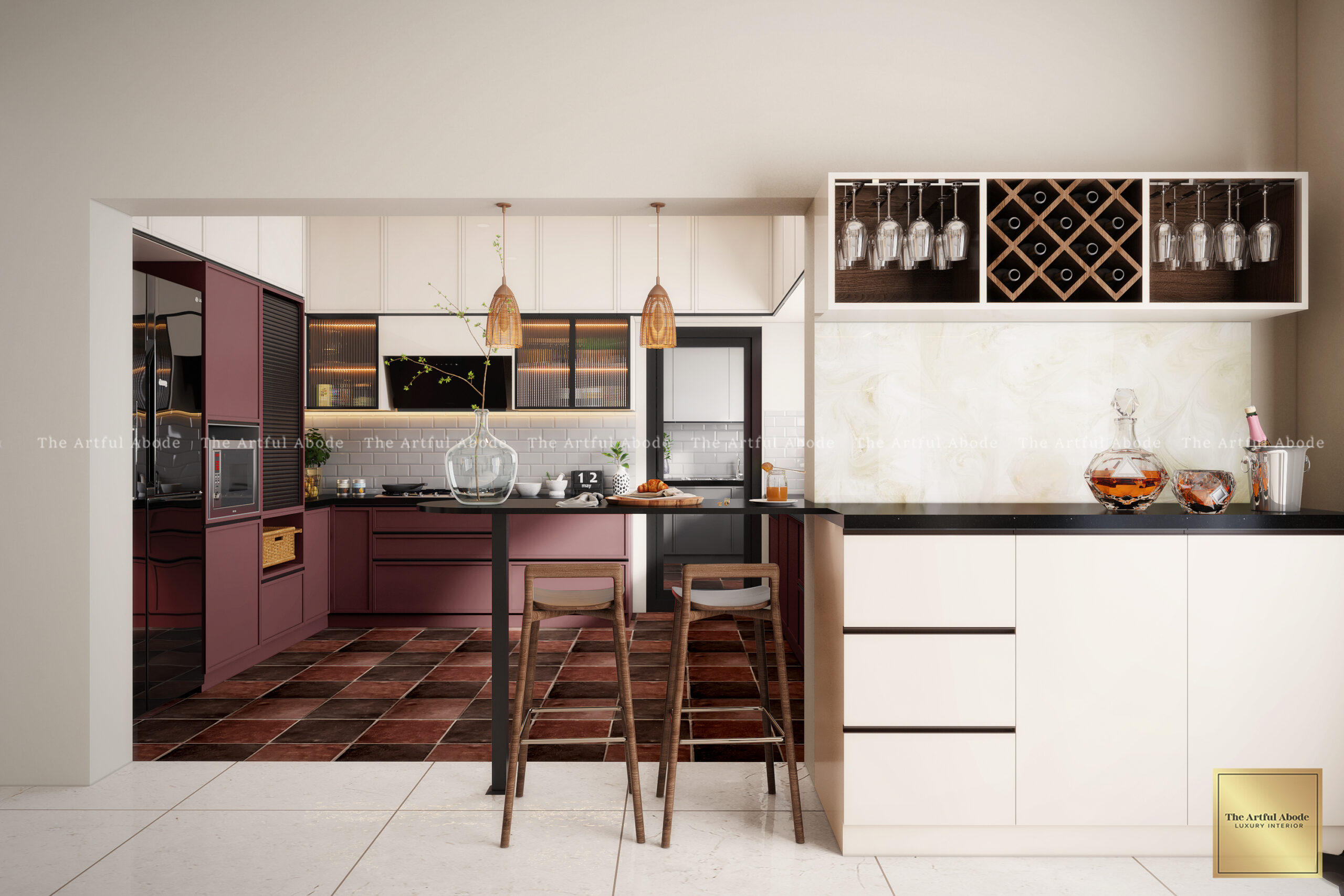
5Texture: The Unsung Hero
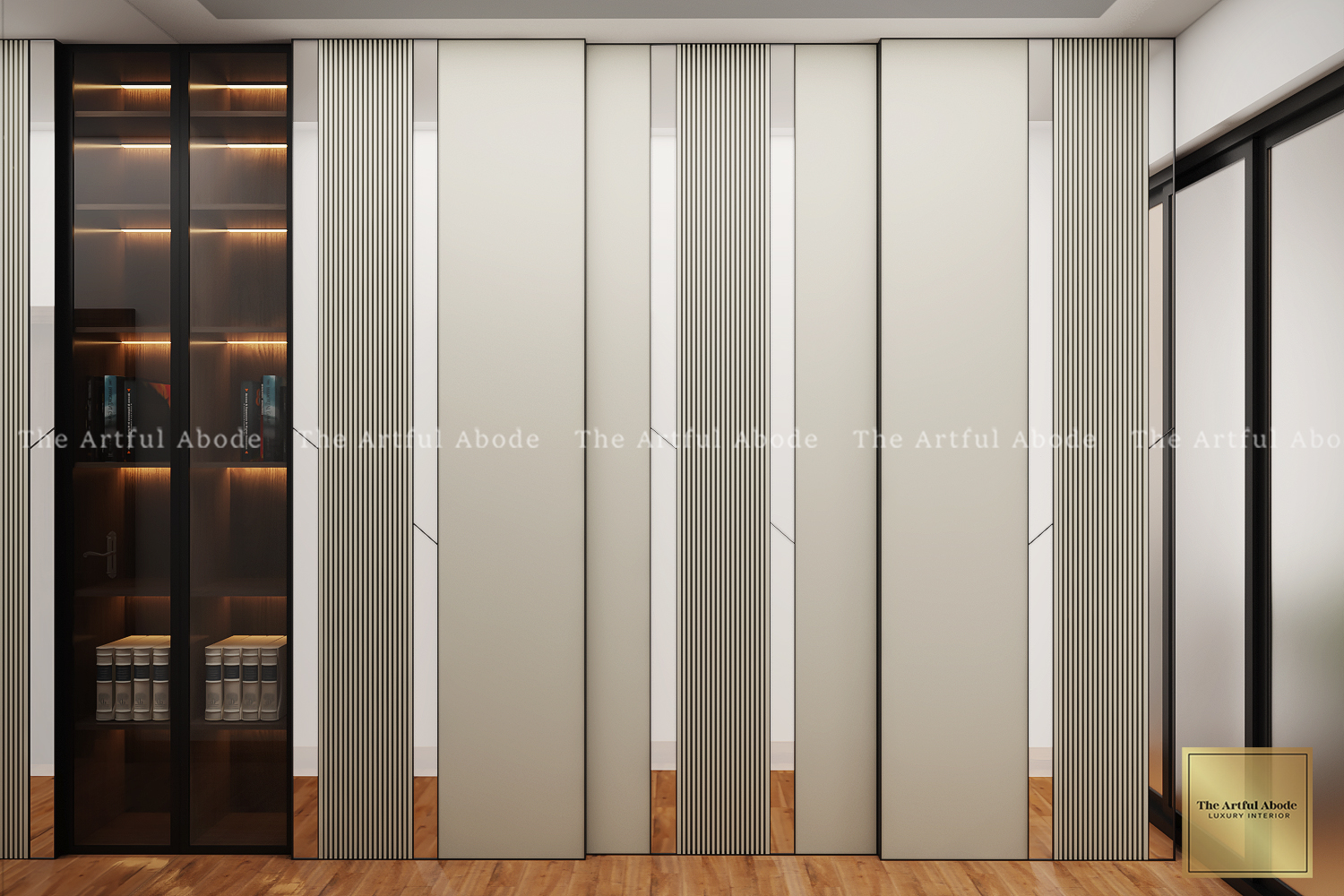
Here's what happens when everything in a room shares the same texture - it falls flat. One-dimensional. Your budget becomes irrelevant because the space just doesn't engage.
You need contrast. A sleek leather sofa paired with chunky knit throws. Smooth walls next to nubby linen curtains. Rough wooden bowls sitting on glossy marble.
In kitchen interior design especially, texture can make or break everything. We'll do matte cabinets with a glossy backsplash. Smooth stone counters with textured bar stools. The contrasts give your eye something to hold onto without creating chaos.
6Focal Points: Give Eyes Somewhere to Land
Every room needs something that draws attention and anchors everything else. Could be a fireplace, statement art, a view, an architectural detail.
Without a focal point, rooms feel scattered. Your brain keeps searching for somewhere to rest and never finds it.
Don't have a natural one? Make one. Bold accent wall. Oversized mirror. Dramatic light fixture. In typical Bangalore apartments - where the architecture tends to be pretty straightforward - we build custom units or bring in one really strong furniture piece that grabs your attention.
And look, once you've decided on your focal point, arrange the room around it. Don't put your sofa back facing a gorgeous window view. If there's a fireplace, point your seating toward it. Make that standout feature actually stand out.
